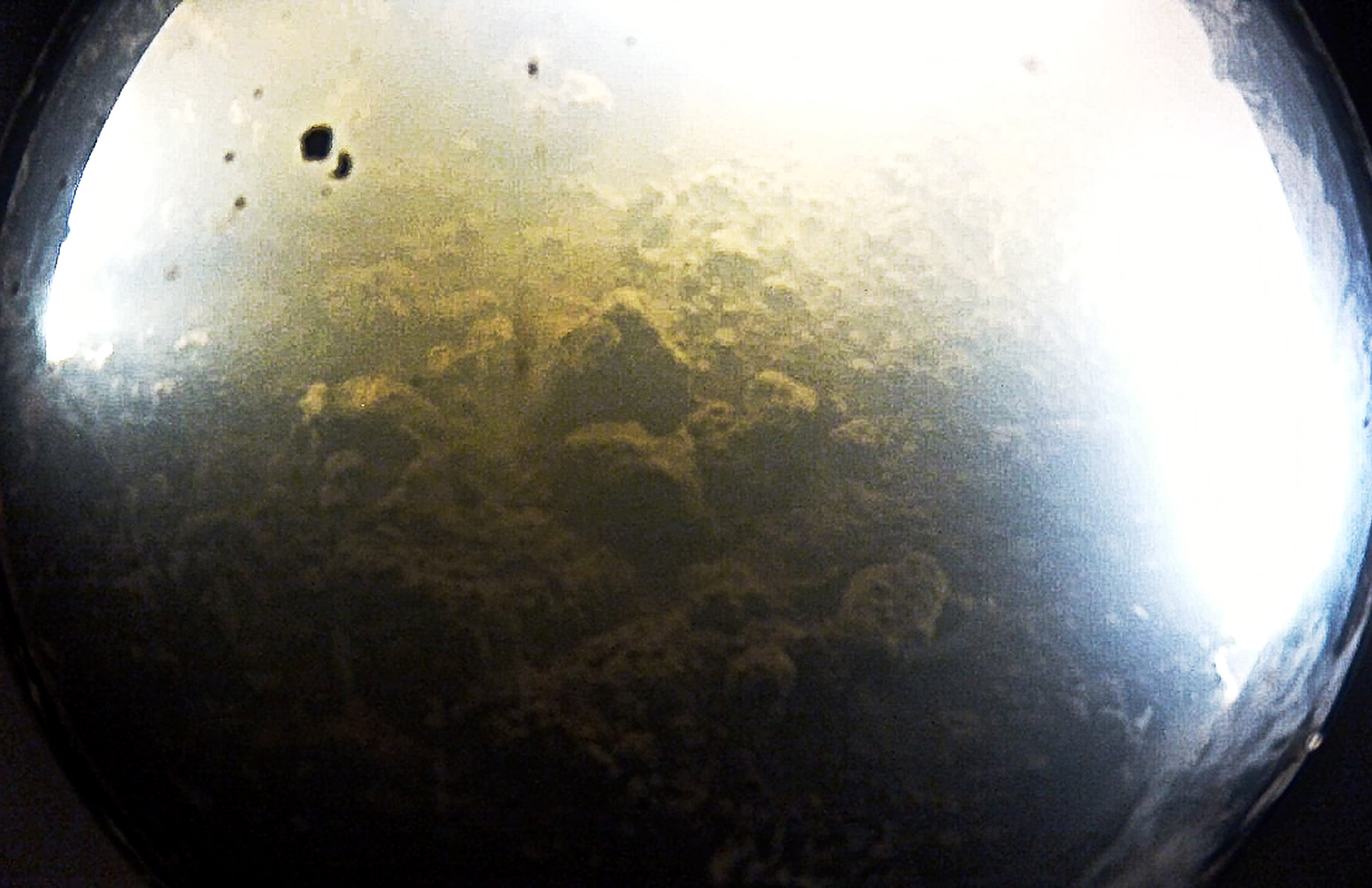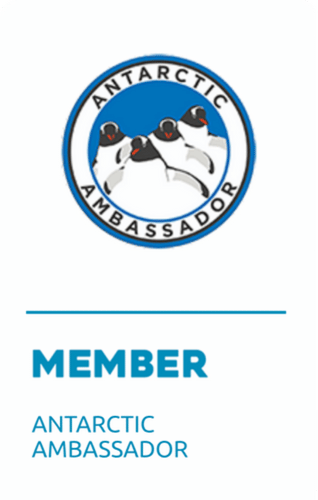…And not a drop to drink?
U.S. scientists have successfully drilled into Lake Whillans, a subglacial expanse of water hidden deep beneath the Antarctic ice sheet.
Life in Sub-glacial Lake Whillans
[column-group][column span = “4”] [/column][column span=”8″]
The team penetrated the lake on January 28 and later confirmed that water and sediment samples collected from the lake showed clear signs of life. According to John Priscu, leader of the scientific expedition, they saw cells under a microscope, and chemical tests showed that the cells were alive and metabolizing energy. Dr. Priscu said that every precaution had been taken to prevent contamination of the lake with bacteria from the surface or the overlying ice. In addition, he said, the concentrations of life were higher in the lake than in the borehole, and there were signs of life in the lake bottom’s sediment, which would be sealed off from contamination.
Antarctica’s massive ice sheets hold 70% of the world’s fresh water, but only in recent decades did scientists discover that underneath the ice lie hundreds of sub-glacial lakes and water channels. They wondered if life might exist in these lakes and set out to find the answer. American, British and Russian teams established major projects to explore three different sub-glacial lakes.
[/column][/column-group]About WISSARD
The US National Science Foundation’s Whillans Ice Stream Subglacial Access Research Drilling project (WISSARD) is using a variety of tools and techniques to explore Subglacial Lake Whillans and the nearby grounding zone, on the southeastern edge of the Ross Sea. Radar and seismic equipment is used to profile the overlying ice sheet and the underlying water, sediments, and rock, while GPS stations accurately track ice movement. A purpose-built Hot Water Drill, designed to melt a 30 centimeter hole through 1/2 mile (800 meters) of ice, provided clean access to Subglacial Lake Whillans and the base of the ice sheet, in order to collect water and sediment samples from the lake. www.wissard.org/
Other Sub-glacial Lake Drilling Projects
Sub-glacial Lake Ellsworth
The UK Sub-glacial Lake Ellsworth project (SLE) aims to collect water and sediment samples to determine the presence, origin and evolution of life in Lake Ellsworth and to reveal the past glacial history of the West Antarctic Ice Sheet. The lake lies 5 miles (3km) below the ice sheet, nearly 4 times as deep as Lake Whillans. Drilling began in December 2012, using a hot water drill to ensure clean access to the lake. Unfortunately the team ran into technical difficulties and the project had to be called off. www.ellsworthlive.org.uk/
Sub-glacial Lake Vostok
Last year the Russian Antarctic Program penetrated Sub-glacial Lake Vostok, nearly 4,000 meters below the ice surface. The drill was withdrawn, allowing the high pressure lake water to expand up into the borehole and re-freeze, a strategy designed to minimize the chances of contaminating the lake from above. The core was left over the Antarctic winter and retrieved this Antarctic season. According to the Russian Arctic and Antarctic Research Institute, “The first core of transparent lake ice, 2 meters long, was obtained on January 10 [2013] at a depth of 3,406 meters. Inside it was a vertical channel filled with white bubble-rich ice.” What’s expected to follow is an intense study of the physical and chemical qualities of the water ice and an investigation into whether there are signs of microbial life.
More about Subglacial Antarctic Lake Environments www.sale.scar.org/
WISSARD project podcasts www.wissard.org/multimedia/video-podcasts
More about ALE’s support of Subglacial Lake Ellsworth project
Photo credits: Header image – WISSARD/Dr. Alberto Behar, JPL/ASU; camera funded by NSF and NASA; Inset – WISSARD






